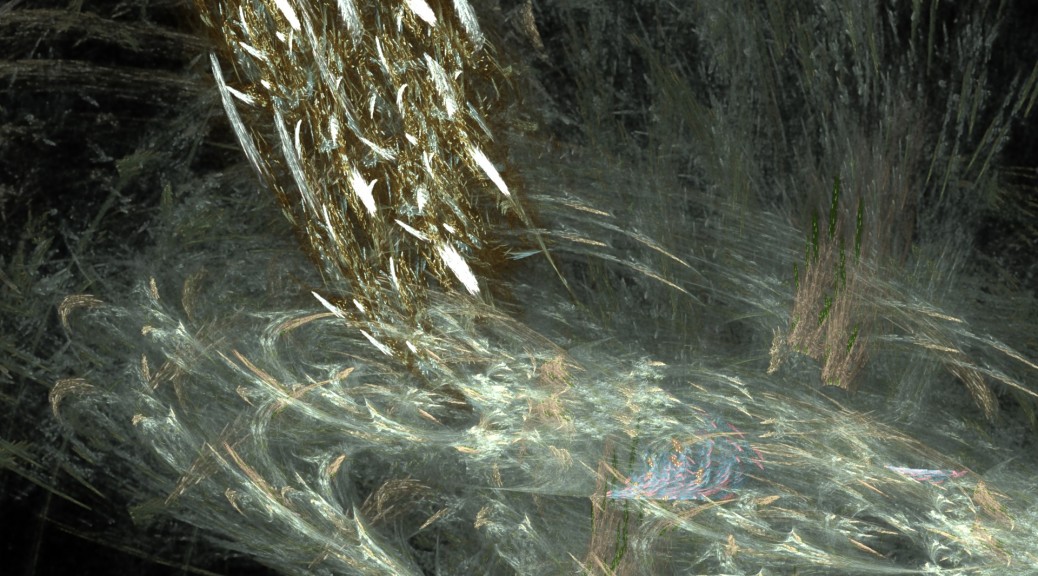Category Archives: Music
Get Another Round In
Claude Debussy: Gardens in the Rain (arrangement)
Extended Rhythms
Dance
Chamber Music
Canon for Three
Strict Canon 8 in 2 at the Minor 3rd (in 5/4)
Berceuse
Triads
The simplest chords are called triads, because they are made of three notes a third apart from one another. We can form a triad from any note by adding two notes a third and a fifth (3 plus 3 does equal 5) above it. Here’s a triad built on C.

It’s a major triad because the interval from C (the root) to E (the third) is a major third. If we flattened the E then it would be a minor triad:

Like I said, you can form a triad on any note. Here are all the triads that you can make from the notes of C major:

Notice the roman numerals. Musicians use roman numerals to identify the chords of a key. It’s useful because they are independant of the key itself, and so easier to transpose into other keys. The triad built on the first note of the key (C in this example) is given the number I, and so on. Beyond the simple use of roman numerals thare are many alternative and somewhat conflicting conventions. The one I’ve chosen is to use upper case roman numerals to indicate the major triads, and lower case to indicate the minor ones. The circle superscript of chord vii indicates it is a diminished triad, made up of two consecutive minor thirds.
This pattern of ascending chords: major, minor, minor, major, major, minor, diminished is common to all major keys.
Minor keys are different. The natural minor scale shares the same notes as the major scale a minor third above, so we have the same sequence of chords as a major key, but starting six chords in (or three chords back).

The harmonic minor scale has a raised seventh. As the name suggests it is used for harmonizing melodies in minor keys:

You can see that compared to the harmonic minor, the additional raised sixth makes ii minor instead of diminished, IV major instead of minor, and vi diminished instead of major.
Apart from roman numerals, an alternative scheme which you should also be aware of is that each note of a scale and hence each chord rooted on that note and each key based on that note has a name. Here they are:
- I Tonic
- the “home” of the key
- II Supertonic
- The note/chord/key above the tonic
- III Mediant
- Half way between Tonic and Dominant
- IV Subdominant
- The same interval below the tonic as the Dominant is above (a perfect fifth)
- V Dominant
- The most important note/chord/key after the tonic
- VI Submediant
- As far below the tonic as the mediant is above
- VII Leading Note
- This note “leads” to the Tonic. It can be called Subtonic by analogy with Supertonic, but only if it is rooted on the minor seventh above the tonic (natural minor scale.)

